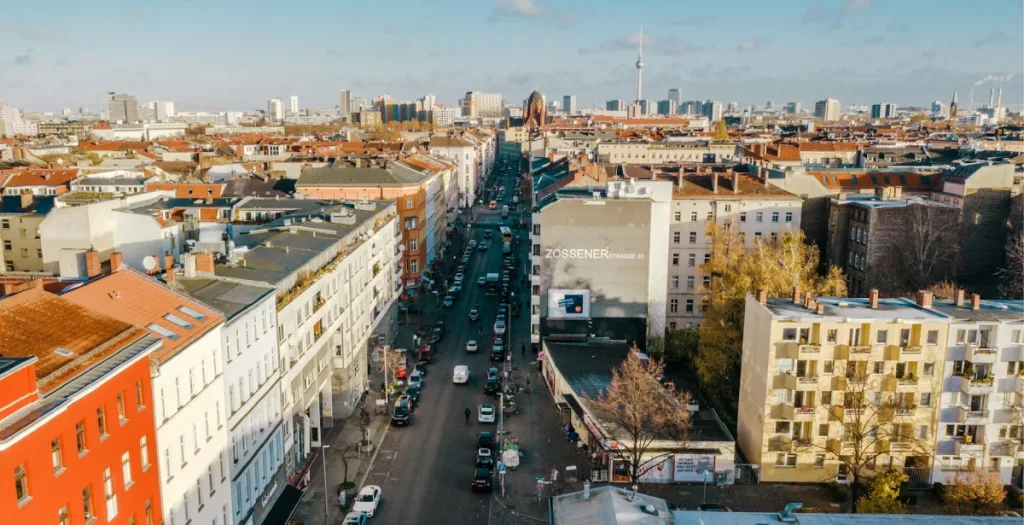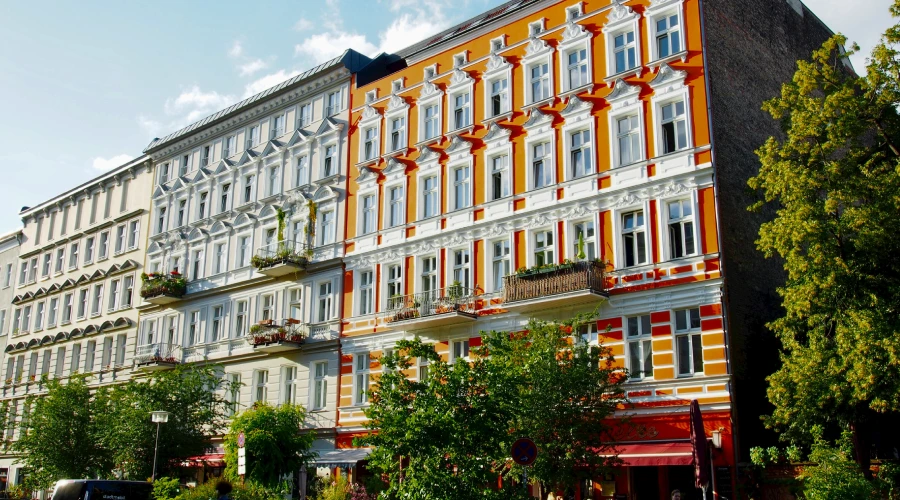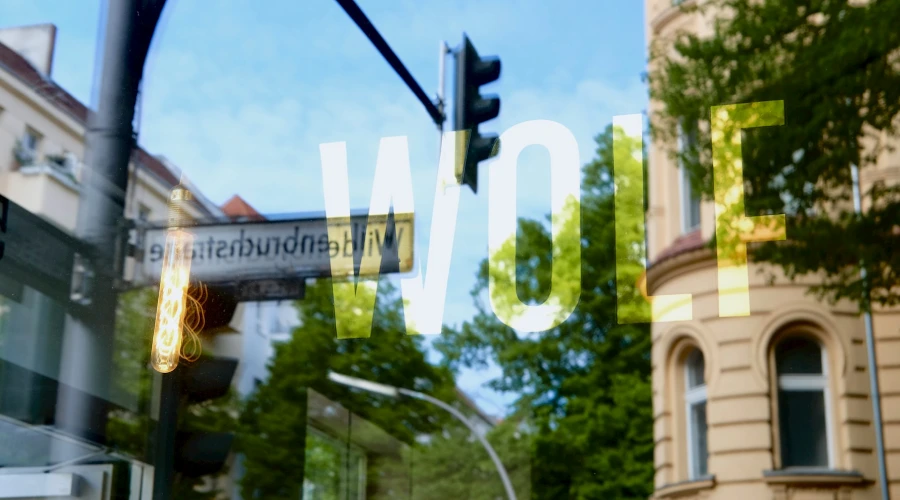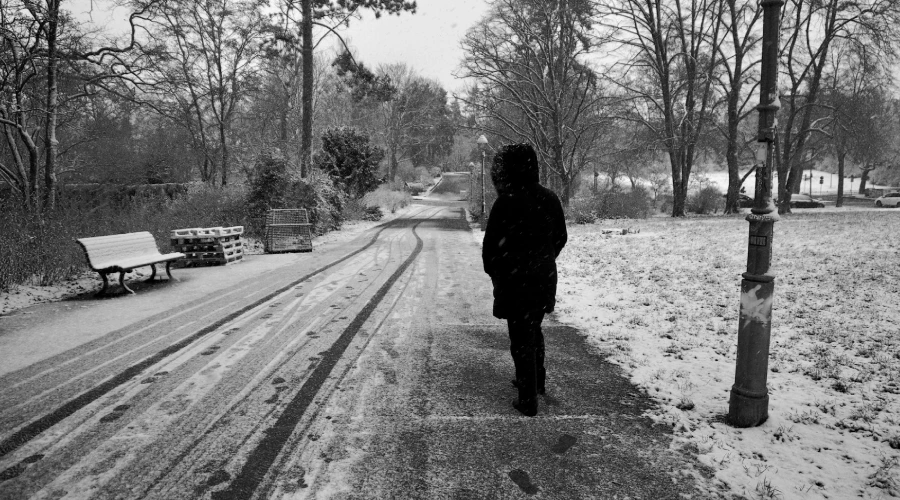Best Neighborhoods in Berlin

No city can claim to be a city without the people and the neighborhoods that make it, and Berlin is no different because Berlin Neighborhoods give it the character and underlying strength that allow it to prosper as it does. In this case, knowing the best neighborhoods in Berlin can only be a good deal since it helps understand which will be able to fulfill your needs, which you’ll like temporarily, and which can help you throughout your trip.
However, since the city boasts an eclectic mix of districts alongside its complex history, there are some differences in what those ‘best’ neighborhoods are, but not to worry – each comes with a unique character and contribution to the city’s dynamic and cosmopolitan vibe that drew you in, so no matter the neighborhood, it will be a perfect destination.
Neukölln
Neukölln is a well-loved Berlin neighborhood that has undergone a remarkable transformation recently. This transformation attracted artists and immigrants to a traditionally working-class neighborhood, and the influx of new residents led to the proliferation of bars, cafés, and independent galleries. If you take the chance to walk through its streets from Hermannplatz to Weserstrasse, you’ll find lines of candle-lit bars, independent shops, tattoo studios, creative spaces, and arthouse cinemas. Of these countless options, some of the top few include Wolf Kino and Heiner’s Bar for a night out, but you are open to exploring.
Within this district, we also have a sub-neighborhood, Rixdorf, which adds to the place’s charm with what seems to be a step back in time. Think cobblestone streets and former farm buildings in a modern glass-and-metal world. Rixdorf is one of the greatest connections to Germany’s traditional part and merges with the area to welcome some of Berlin’s most beloved traditional restaurants and cafés. You can also find Berlin’s beautiful Körnerpark nearby, with a well-maintained garden with Neo-Baroque statues, cascading fountains, and a sweeping stone staircase, which only adds to Neukölln’s blend of old-world charm and modern creativity.

Kreuzberg
The second neighborhood that Berlin is characterized by is Kreuzberg, which was once the center of West Berlin Punk. It has since evolved into a bustling hub of creativity and non-conformity, carving out a home for the people who don’t fit the norms. Historic squats like Kopi and the iconic SO36 club are still standing as reminders of the neighborhood’s rebellious past, and today, Kreuzberg embraces its non-conformist roots while welcoming Berlin’s rising hipster scene and creative start-ups at the same time.
Bars and cafés in this area are well-known for their eclectic atmospheres and because they stay open until the early morning hours, which not many eateries tend to do. A further delineation of this area gives us Oranienstrasse, a bustling street where you can find watering holes with everything from craft cocktails to cheap beer.
However, Paul-Linke Ufer is the culinary hotspot for foodies because it boasts Kreuzberg’s top restaurants and coffee shops. Zola, for example, is famous for its pizzas, while La Lucha serves up Mexican cuisine and will, without a doubt, take your tastebuds on an unforgettable journey. And don’t miss the indoor Markthalle Neun, which hosts the Street Food Thursdays of world cuisines.
Mitte
Mitte is probably one of the most well-known on this list because, as you can see, it sits at the heart of Berlin. The fact that it translates to “middle” makes that reality even more ironically enticing, for it truly becomes something to look forward to. Mitte is home to some of the city’s most renowned art galleries and cultural institutions, such as Auguststrasse, which has long been called a must-visit for art lovers. And if you want food to go along with your creative exploration, then here are many traditional and modern eateries around the area, truly allowing Mitte to live up to the ‘middle’ moniker – it has everything.
‘Everything’ also includes Museumsinsel, a five-in-one deal and an unmissable stop for history and art enthusiasts. Similarly, the Reichstag is also within walking distance, and, closer still, the KW Institute for Contemporary Art and Shiso Burger are some of the few attractions that characterize Mitte.

Tiergarten
Now, we have Tiergarten, which can be found within the borough of Mitte in central Berlin but deserves its mention purely because it deserves it. This historic locality is known most for its great urban park of the same name. Before German reunification, Tiergarten was a part of West Berlin and was also the name of a borough (Bezirk) until Berlin’s 2001 administrative reform.
Still, Tiergarten retains its local and social importance for the history within the name, and the locality allows it to maintain elegance. The park in these hallowed lands was once a hunting ground of the Electors of Brandenburg but was redesigned in the 1830s by Peter Joseph Lenné, who was a landscape architect, and then became a pretty important area when industrialization happened in the 19th century, where a network of streets laid out formed what was called the Wilhelmine Ring since it was part of the Hobrecht-Plan.
Close by, the Reichstag building, designed by the architect Paul Wallot, opened in 1894 as the seat of the German parliament. On the other hand, the lawn between the Reichstag building and the contemporary Haus der Kulturen der Welt was the site of the Krolloper opera house, which served as the parliament house after the Reichstag fire in 1933 and was later destroyed by air raids in 1943.
Moabit
Moabit is an inner-city locality within the larger borough of Mitte with a rich history – it was first inhabited in 1685 and incorporated into Berlin in 1861. On that note, Moabit was once an industrial and working-class neighborhood surrounded by three bodies of water, which, even today, define the area’s borders. After the Second World War and before the 1990s, Moabit was a part of West Berlin but in an area that bordered East Berlin directly.
Still, colloquially, the name Moabit also refers to the Central Criminal Court (Strafgericht) and the detention center, both of which deal with all criminal cases in Berlin. After the fall of the Berlin Wall, Moabit’s location changed to its former centrality. Post-reunification, it faced problems like drug trafficking and abuse, poverty, and crime. Still, lower rents have begun attracting artists who want a stable housing situation and other young people. And there are first unmistakable signs of gentrification, which will, in turn, bring it back on track compared to other neighborhoods.
